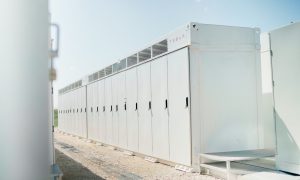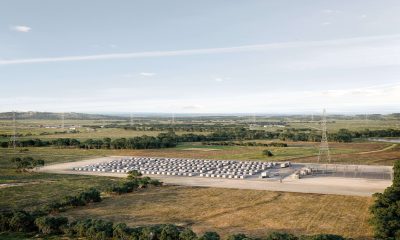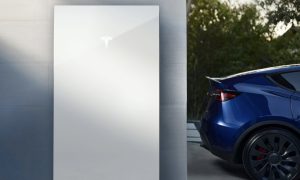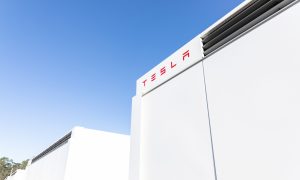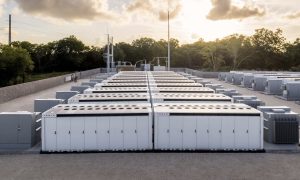News
Tesla is on a runaway freight train headed towards the utility industry
Tesla’s vision of the future is a world energized by solar and chaperoned by electric powered autonomous transportation, but the company’s overarching goal is to break our dirty fossil fuel habit. “The point of all this was, and remains, accelerating the advent of sustainable energy, so that we can imagine far into the future and life is still good. That’s what ‘sustainable’ means. It’s not some silly, hippy thing — it matters for everyone.
“By definition, we must at some point achieve a sustainable energy economy or we will run out of fossil fuels to burn and civilization will collapse. Given that we must get off fossil fuels anyway and that virtually all scientists agree that dramatically increasing atmospheric and oceanic carbon levels is insane, the faster we achieve sustainability, the better.”
The new plan reminds us that #4 on the original Master Plan was to “Provide solar power. No kidding, this has literally been on our website for 10 years.”
And just how does the irrepressible Mr. Musk expect to do that? Simple. “Create a smoothly integrated and beautiful solar-roof-with-battery product that just works, empowering the individual as their own utility (emphasis added), and then scale that throughout the world. One ordering experience, one installation, one service contact, one phone app.” A new development near Melbourne, Australia dubbed “Tesla Town” because it integrates solar panels with Tesla Powerwall battery storage units may offer a preview of the future.
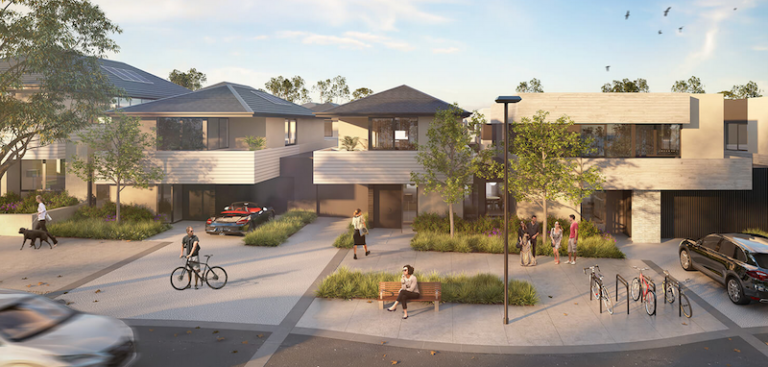
Suburb dubbed “Tesla town” in Australia will have solar, Tesla’s Powerwall and EV charging in every home.
What Musk is proposing is nothing less than a complete reboot of how the world gets and uses electricity. That simple idea immediately puts in jeopardy trillions of dollars the world’s utility companies have invested in generating plants and grid infrastructure. They are not going to watch their investment evaporate without a fight.
In fact, the first skirmishes in the coming solar power war are already taking place. Warren Buffett’s NV Energy has gotten the Nevada Public Utilities Commission to impose draconian new fees on rooftop solar power. They are so onerous that they make rooftop solar no longer commercially viable within the state. SolarCity earlier this year ceased operations in Nevada — which has an abundance of solar energy available to it. More than 500 employees in Nevada were let go.
Switch, one of the world’s largest data center operators has recently filed suit in Nevada alleging fraud and collusion between the PUC and NV Energy. The local utility’s opposition to solar power is intense and is an indication of how far entrenched interests will go to hold on to their fiefdoms.
If Tesla thought it had a fight on its hands with franchise dealer groups, that is child’s play compared to the forces the utility industry is prepared to bring to bear against the idea of individuals making and using their own solar power. The desire to create one company that makes electric vehicles and the means to harvest the energy to operate them is behind Tesla’s recent proposal to purchase SolarCity in a $2.8 billion stock deal. Musk made explaining the need for the merger an important part of the new Master Plan.
“We can’t do this well if Tesla and SolarCity are different companies, which is why we need to combine and break down the barriers inherent to being separate companies. That they are separate at all, despite similar origins and pursuit of the same overarching goal of sustainable energy, is largely an accident of history. Now that Tesla is ready to scale Powerwall and SolarCity is ready to provide highly differentiated solar, the time has come to bring them together.”
Some quibble that Musk’s grand schemes take too long to mature. They sit back and feel secure in the knowledge that time is on their side. It’s not. Trying to resist his initiatives is like trying to hold back the tide. Just look at the havoc his tiny company that has never made more than 100,000 cars in a year has created in the boardrooms of companies that sell millions of vehicles. They are all scrambling to catch up with Tesla. The fact that the Model 3 has nearly 400,000 pre-orders is testament to the power of Musk’s vision.
The notion that utility companies need monopoly status to survive has been ingrained in our culture since the days when Thomas Edison and George Westinghouse were creating the first utility grids. It’s an idea that has served the industry well. But like franchise dealer laws, it is now out of date. If Musk gets his way, it will soon be little more than an anachronism — like the internal combustion engine.
Elon Musk
Tesla Full Self-Driving gets full unhinged review from Joe Rogan
Joe Rogan recently said Tesla Full Self-Driving is “f***ing insane”
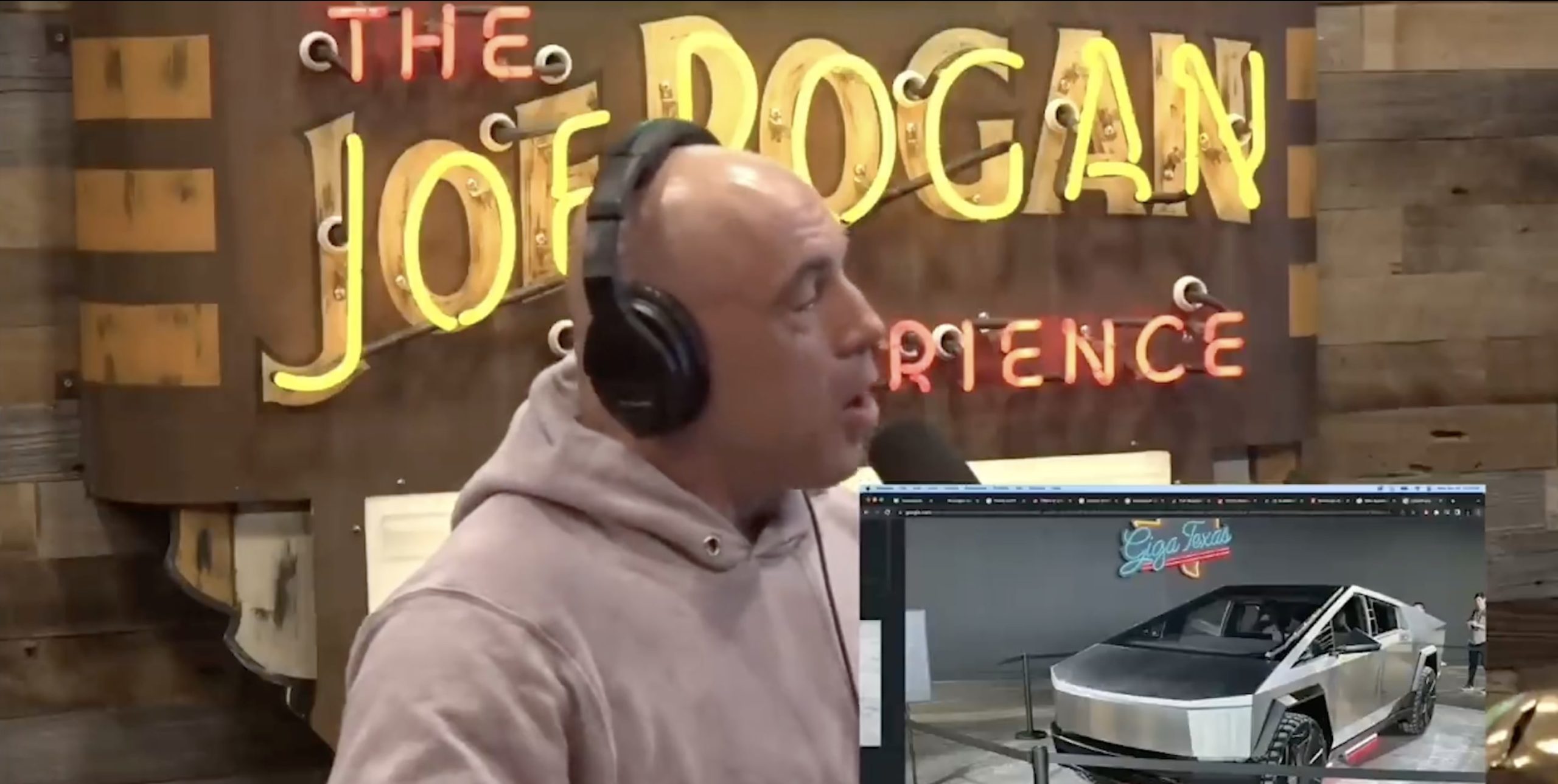
Tesla, and certainly its CEO, Elon Musk, both have a fan in Joe Rogan, but his recent comments about the company’s Full Self-Driving suite could potentially be the most notable yet.
Rogan is a massive fan of Musk and has had him on his podcast more than five times. Perhaps some of the coolest Tesla details have been revealed on the Joe Rogan Experience, and it has resulted in the UFC commentator and podcaster purchasing several Teslas, including a completely decked-out Model S Plaid.
However, Rogan recently gave his two cents on the Full Self-Driving suite, which is among the most robust Advanced Driver Assistance Systems (ADAS) in the world, and many people will be happy to hear what he said.
Rogan posted on X:
“I had my Tesla Model S drive me home the other day with FSD, and it’s f**king wild. Changes lanes to avoid slow traffic, stops at red lights and stop signs, hits the blinkers, and turns for you. It’s bananas.”
I had my Tesla model S drive me home the other day with FSD, and it’s fucking wild. Changes lanes to avoid slow traffic, stops at red lights and stop signs, hits the blinkers and turns for you. It’s bananas. https://t.co/Ir8dU9Zopg
— Joe Rogan (@joerogan) April 15, 2025
The FSD suite is not fully autonomous, as it still requires the operator’s attention, but it is a hands-free driving suite. As it has become more advanced, Tesla has allowed drivers to keep their hands off the wheel as long as they pay attention. Their eyes are tracked with a cabin-facing camera that ensures they are paying attention and ready to take over at any time.
In the past months, the FSD suite has continued to be refined, and new versions have been released to the public. In fact, Tesla has become so confident in its abilities, it recently opened up its Early Access Program (EAP) to more owners, allowing them to experience more advanced software releases before they are given to those who either have a subscription or have purchased the FSD suite.
Rogan’s comments reflect those of many other Tesla owners. In our twice-weekly X Spaces, we talk to many owners who state they have completely abandoned manual driving, and FSD is in operation for a vast majority of their drive.
Tesla plans to launch a robotaxi ride-hailing service in Austin in June, and it could be brought to even more cities by the time the year ends, as discussions with California are also in the works.
Elon Musk
Tesla reportedly suspended Cybercab and Semi parts order amid tariff war: Reuters
A new report claims Tesla is suspending the order of some parts for the Cybercab and Semi from China due to tariffs.
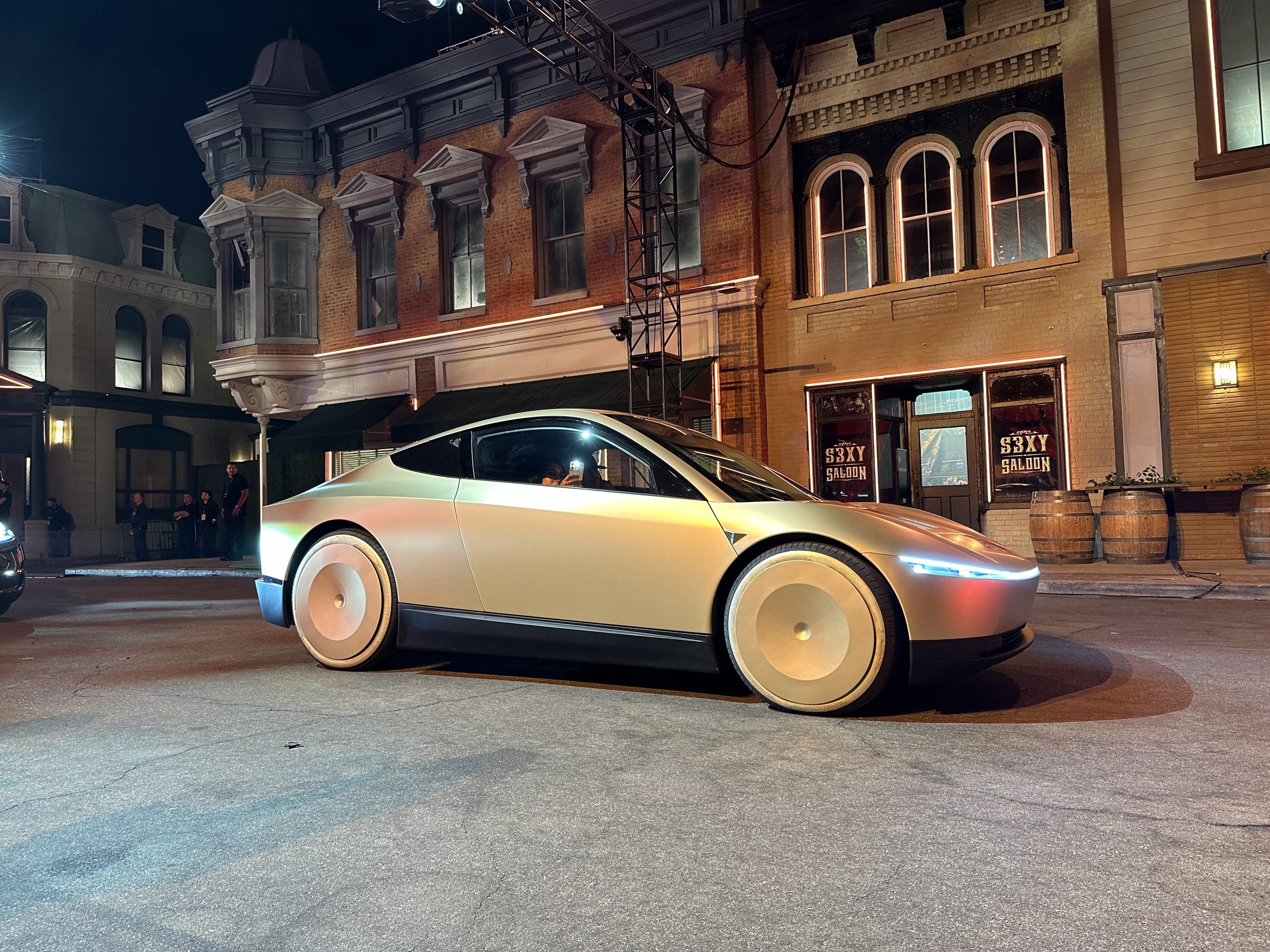
In a new report that cites people with “direct knowledge,” Tesla has apparently suspended a parts order for both the Cybercab and Semi that was set to come from China as a result of the tariff war between the country and the U.S.
Reuters reported this morning that the move was made as the 34 percent tariff on Chinese goods was raised to 145 percent. The report states that Tesla was “ready to absorb the additional costs when Trump imposed the 34 percent tariff on Chinese goods, but could not do so when the tariff went beyond that.”
This left Tesla in a situation where it had to make a decision, and ultimately chose to suspend shipping plans as a result.
Tesla, nor its CEO, Elon Musk, has responded to the report, so it is not known whether it has been confirmed. Tesla does not have a dedicated press relations division.
However, if it is true, Tesla would likely feel some repercussions from the parts delay for Cybercab, which it planned to launch in June with the start of a robotaxi ride-hailing platform in the City of Austin.
It is worth mentioning that this will not derail the plans completely, as the Model 3 and Model Y were also targeted to be a part of this initial rollout.
As far as the Semi, volume production is set to begin in early 2026. The first builds of the Semi’s high-volume design are slated to roll off production lines in Nevada late this year.
First Tesla Semi high-volume production builds expected this 2025
Tesla has responded to the tariffs in several ways, including halting the delivery of its Model S and Model X vehicles in China as the country imposed a 125 percent tariff as a retaliation against the United States.
It is no secret that Tesla is being impacted by the tariff situation, and Musk has been transparent about that. However, it is unknown whether it will begin to impact the company’s future projects, like the Semi and Cybercab.
Elon Musk
Tesla continues California domination despite slide in registrations
Tesla lost some of its market share in California but it still has a commanding lead.
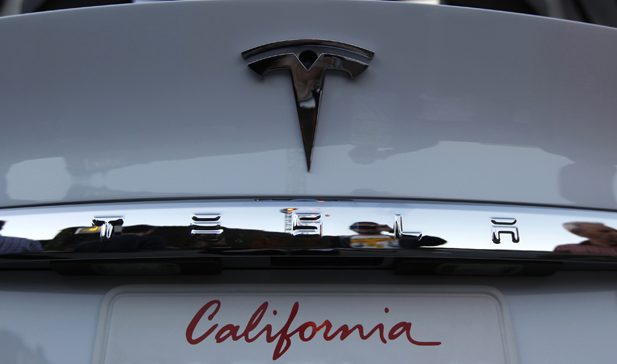
Tesla has continued its domination in the California auto market as the state’s New Car Dealers Association (CNCDA) has released data from the first quarter of 2025.
2025 is going to be one of the more difficult years to determine the outlook of the automotive sector due to the uncertain impact of tariffs and how much they will hinder overall growth.
However, we can break Tesla’s situation down a little further and explain why there were some Year-over-Year declines in registrations in California.
As a whole, Tesla registered 42,322 vehicles year-to-date through March, data from the CNCDA’s report shows. This is a 15.1 percent decrease from the 49,857 cars that had been registered by owners in the same time frame last year.
Tesla still owns 43.9 percent of the overall Zero Emissions Vehicles (ZEV) segment in California, down from 55.5 percent at this point last year. It is a decrease, but there is more to it.
The Top 25 BEV and PHEV models are led by the Model Y and Model 3, which counted 23,314 and 13,992 registrations, respectively. The third-place vehicle is the Honda Prologue with 4,493 registrations. The Tesla Cybertruck landed in 8th place with 2,282 registrations, and the Model X was 13th with 1,800.
The same quarter last year saw roughly 10,000 more registrations for the Model Y than this year, as Q1’24 saw the all-electric crossover accumulate 33,467 registrations. The decrease is due to Tesla’s switchover of production lines to the new Model Y build. Tesla said in its quarterly delivery report that it lost “several weeks” of production due to this changeover.
Tesla dominates in California but EV growth is the true winner
Interestingly, the Model 3 performed better than last year, as it only had 11,162 registrations through the same period in 2024. It had 13,992 registrations in California this year.
The question regarding Elon Musk’s political involvement and its impact on Tesla’s sales figures remains. Without surveying them individually, there is no way of knowing exactly how many people chose to go with another EV maker’s vehicle due to the politics. However, the Model 3’s slight bump is an encouraging look: it’s not all gloom and doom.
The CNCDA writes:
“Tesla’s troubles continue to worsen as Californians are giving the cold shoulder to the direct-to-consumer automaker (and controversial owner, Elon Musk). Registrations show a massive decline of 15.1 percent through March vs. this time last year. A year and a half of continuous quarterly declines proves this downward trajectory for Tesla is a lasting trend. The company’s market share also dropped by 11.6 percent at the end of Q1, now holding less than half of the California Zero Emission Vehicle (ZEV) market for the year.”
Most importantly, Tesla outpaced every other EV maker’s registration figures by a considerable margin, despite many analysts stating that there is irreparable brand damage.
Tesla had 42,322 registrations in California in Q1, significantly more than second-place Ford, which had 5,819 ZEV registrations in the Golden State through the first three months.
Despite what many are stating regarding Tesla’s “brand damage,” the company is still in control of the market substantially. It was always expected that Tesla’s market share, which sits at 43.9 percent, would fall slightly each quarter after more automakers had EVs to offer.
However, the company’s control still remains, at least for now.
-
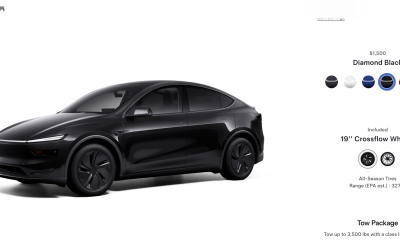
 News2 weeks ago
News2 weeks agoTesla rolls out new, more affordable trim of the Model Y Juniper in U.S.
-
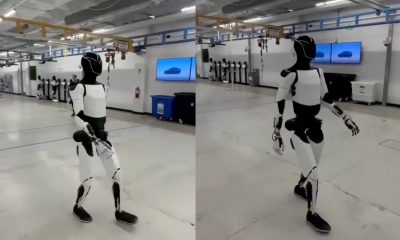
 News2 weeks ago
News2 weeks agoTesla shares Optimus’ improved walk in new update video
-
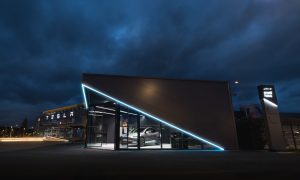
 Elon Musk2 weeks ago
Elon Musk2 weeks agoTesla Germany reports 4,935 units sold in Q1 2025
-
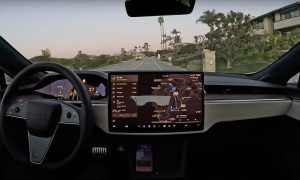
 News2 weeks ago
News2 weeks agoTesla expands Early Access Program (EAP) for early Full Self-Driving testing
-
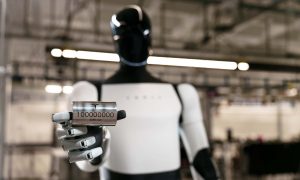
 News2 weeks ago
News2 weeks agoTesla celebrates key milestone for 4680 battery cell production cost
-
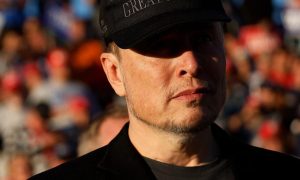
 News2 weeks ago
News2 weeks agoElon Musk will continue as DOGE adviser: VP Vance
-
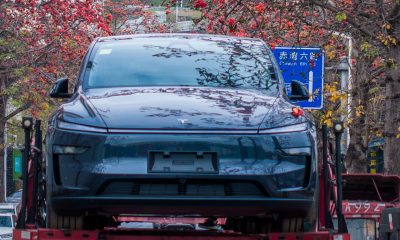
 News2 weeks ago
News2 weeks agoWells Fargo reiterates Tesla (TSLA) price target of $130
-
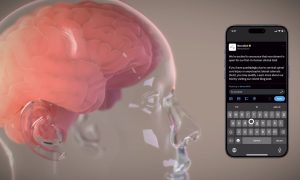
 Elon Musk2 weeks ago
Elon Musk2 weeks agoNeuralink’s Patient Registry is now open globally

